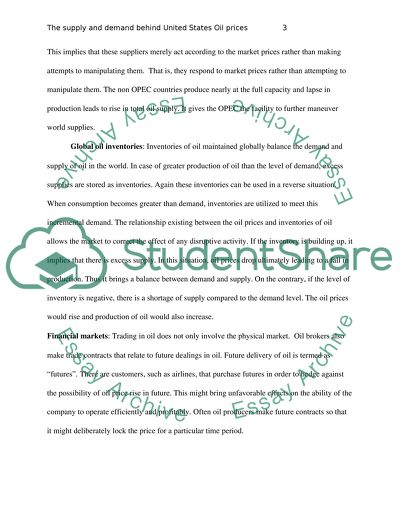Cite this document
(“The supply and demand behind United States Oil prices Research Paper”, n.d.)
The supply and demand behind United States Oil prices Research Paper. Retrieved from https://studentshare.org/macro-microeconomics/1476499-the-supply-and-demand-behind-united-states-oil
The supply and demand behind United States Oil prices Research Paper. Retrieved from https://studentshare.org/macro-microeconomics/1476499-the-supply-and-demand-behind-united-states-oil
(The Supply and Demand Behind United States Oil Prices Research Paper)
The Supply and Demand Behind United States Oil Prices Research Paper. https://studentshare.org/macro-microeconomics/1476499-the-supply-and-demand-behind-united-states-oil.
The Supply and Demand Behind United States Oil Prices Research Paper. https://studentshare.org/macro-microeconomics/1476499-the-supply-and-demand-behind-united-states-oil.
“The Supply and Demand Behind United States Oil Prices Research Paper”, n.d. https://studentshare.org/macro-microeconomics/1476499-the-supply-and-demand-behind-united-states-oil.


